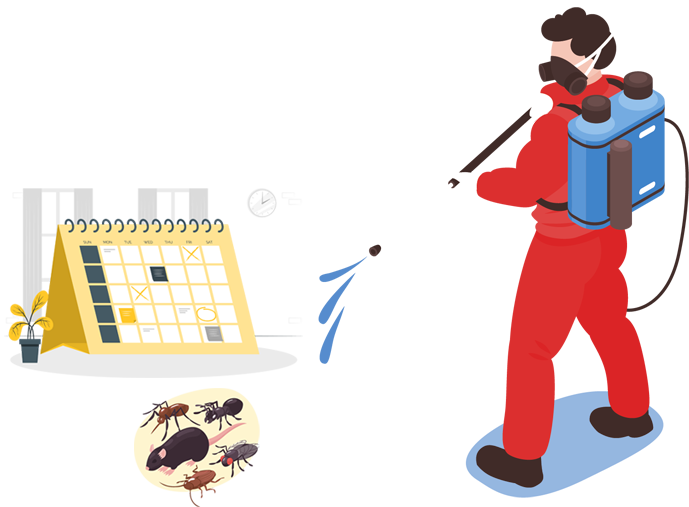Pest control is an essential part of wildlife management, as it helps to maintain a balance between humans and animals in natural habitats. However, traditional pest control methods often involve the use of toxic chemicals that can harm not only the targeted pests but also other animals in the ecosystem. As such, there has been a growing demand for safe and humane pest control solutions that do not harm wildlife.
One of the key principles of safe pest control for wildlife management is using non-toxic or low-toxicity methods. This means finding alternatives to harmful chemicals that can still effectively target and eliminate pests. For example, using natural repellents like essential oils or physical barriers such as mesh nets are safer options for controlling pests without harming wildlife.
Another important aspect of safe pest control is considering the impact on non-target species. In traditional pest control methods, there is a risk of unintentionally harming beneficial insects or even endangered species. Safe pest control prioritizes protecting these organisms by using selective pesticides or finding targeted methods that will only affect specific pests.
Integrated Pest Management (IPM) is a popular approach to safe pest control in the context of wildlife management. It involves a combination of various https://www.brownbook.net/business/52457887/safe-pest-control/ techniques such as education, habitat modification, biological controls, and chemical controls when absolutely necessary. The goal with IPM is to use multiple strategies to achieve long-term results instead of relying solely on pesticides.
In addition to being mindful about the impact on non-target species, another crucial element of safe pest control for wildlife management is timing and proper application. For example, avoiding spraying pesticides during migratory seasons when birds are most active can help minimize unintentional harm.
Collaboration with experienced professionals in both wildlife management and pest control is also key in ensuring safety during any eradication process involving animals. These experts will be able to assess potential risks and implement appropriate measures based on their knowledge about local flora and fauna.
Education also plays an important role in promoting safer practices in pest control for wildlife management. By educating the public about the importance of preserving biodiversity and using safe methods, we can build a more sustainable and harmonious relationship with animals in their natural habitats.
In conclusion, safe pest control for wildlife management is crucial for maintaining a healthy balance between humans and animals. It involves using non-toxic or low-toxicity methods, considering the impact on non-target species, practicing IPM, proper timing and application, seeking professional expertise, and educating the public. By implementing these practices, we can effectively manage pests without causing harm to our valuable wildlife populations.

